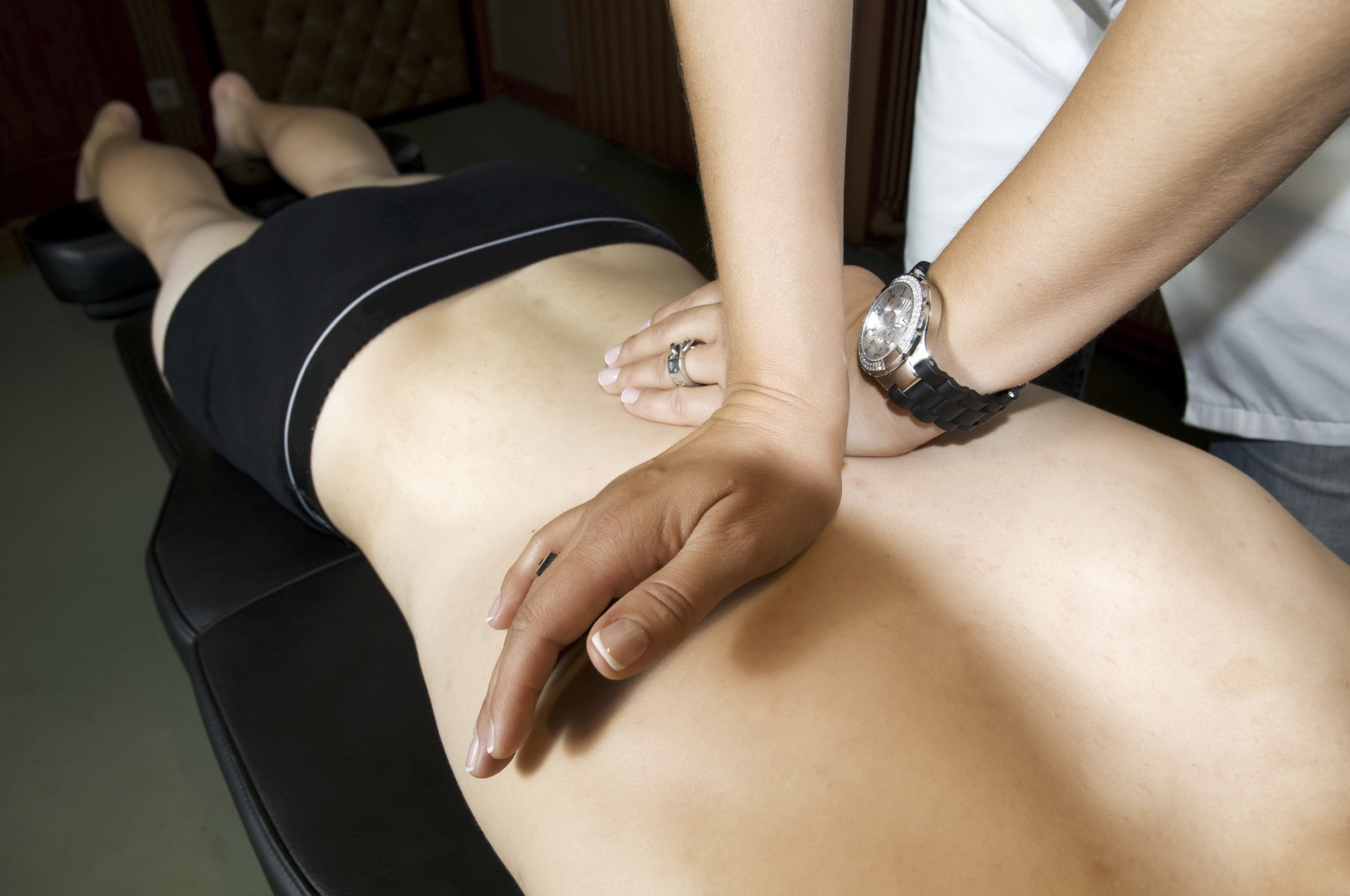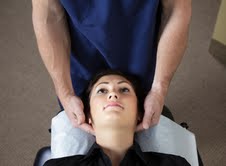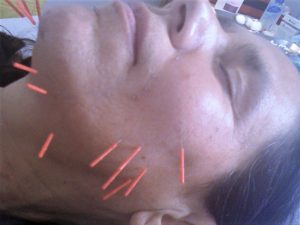
Osteopathy
“The aim of osteopathy is to correct problems in the body frame, making it easier for the body to function normally and reducing the chance of problems occurring in the future. In seeking to maintain good health and prevent future problems, the osteopath’s plan may include advice on posture, diet, lifestyle and stress.”
Which Magazine
Osteopathy is a gentle and effective hands-on approach to healthcare, based on the principle that the way your body moves influences how it functions. Osteopaths are highly competent healthcare professionals, recognised by the NHS as fully qualified to diagnose and treat independently.
Over 30,000 people every day visit an osteopath suffering from a variety of conditions including neck or back pain, joint or muscular pain, sports injuries, recurring headaches and more. Many patients are pregnant mothers, unsettled children, or those with work strain, or pain and stiffness related to advancing years.
As you don’t need a referral from your doctor to see an osteopath, you will typically be able to see an osteopath quickly, without the long waiting times that often occur with other treatment options
The National Institute of Clinical Excellence (NICE) advises that GPs can safely refer patients to an osteopath for treatment. Osteopathy is available on the NHS in some areas of the UK.
Cranial Osteopathy

Cranial Osteopathy ( or as it is sometimes called “Craniosacral Osteopathy”) is a very gentle, yet extremely powerful, system of osteopathic medicine which uses the patient’s “Cranial Rhythm” for evaluation and treatment.
What is the Cranial Rhythm?
It is a cyclical expansion and contraction of all the tissues of the body, which occurs 8-18 times a minute, is distinct from all other known body rhythms (i.e. heartbeat, breathing rate) and can be felt in all parts of the body. The movement is of very small amplitude, therefore it takes practitioners with a very finely developed sense of touch to feel it. This rhythm was first described in the early 1900’s by Dr. William G. Sutherland and its existence was confirmed in a series of laboratory tests in the 1960’s and ’70’s.
Using very gentle, light touch practitioners will examine the cranial rhythm in various areas of your body; this doesn’t hurt and feels very pleasant and relaxing.
Practitioners compare what your rhythm is doing to what they consider normal; this gives them an insight into what stresses and strains your body is under at present and as a result of its past; it also shows them what state your body is in, if it’s healthy, stressed, tired etc. Above all they are assessing the function of your body and how it is working, with a view to helping it to restore itself to health.
Treatment is very gentle and often people feel nothing at all. Other people may feel sensations of pressure or warmth and changes in the body while other feel relaxed and sleepy.
What things can it help?
It can help wide variety of conditions, and is particularly useful in, but not limited to, the treatment of the following:
Infants and children: Digestive problems; crying / upset / whingeing, upset babies learning difficulties.
Adults: Back, neck and head aches; most common digestive problems; inability to relax; tension; sleeping difficulties.
Acupuncture

Acupuncture is the ancient practice of sticking needles into patients. It has always been considered the complementary therapy that works.
What is acupuncture
Acupuncture treatment involves fine needles being inserted through the skin and briefly left in position. Sometimes manual or low voltage electrical stimulation is applied to assist the process. The number of needles varies but may be only two or three. Each patient’s case is individually assessed and treatment will be tailored to the individual; so it is impossible to give more than this general idea of what your particular treatment might involve.
Acupuncture stimulates the nerves in skin and muscle, and can produce a variety of effects. We know that it increases the body’s release of natural painkillers – endorphin and serotonin – in the pain pathways of both the spinal cord and the brain. This modifies the way pain signals are received.
Several years ago, the World Health Organization (WHO) published an official report listing 31 symptoms, conditions and diseases that have been shown in controlled trials to be treated effectively by Acupuncture. Following is the list of conditions shown through controlled trials to be treated effectively by Acupuncture:
- Low back pain

- Neck pain
- Sciatica
- Tennis elbow
- Knee pain
- Peri-arthritis of the shoulder
- Sprains
- pain
- TMJ
- Headache
- Dental pain
- Acute and chronic gastritis
- Rheumatoid arthritis
- Induction of labor
- Breech birth presentation
- Morning sickness
- Nausea and vomiting
- Postoperative pain
- Stroke
- Essential hypertension
- Primary hypotension
- Renal colic
- Leucopenia
- Radiation/chemo reactions
- Allergic rhinitis
- Hay fever
- Biliary colic
- Depression
- Acute bacillary dysentery
- Primary dysmenorrhea
- Acute epigastralgia
- Peptic ulcer
Acupuncture – past, present and future
Acupuncture-like techniques may have been used for over 5000 years, if evidence from Ötzi the Iceman is considered; however, the most well known system of acupuncture was developed in the Far East from around 2000 years ago. This was first introduced into Europe in the 17th Century, but widespread interest in the technique did not develop until the political events of the early 1970s allowed travel restrictions between East and West to be eased.
In the past thirty years, because of the huge public interest in the subject, considerable scientific research on acupuncture has been carried out – although much remains to be done. We now know much more about how acupuncture works and some of the myths can be laid to rest. It is demonstrably untrue to say that the results of acupuncture are all in the mind.
As we learn more about it, the possibilities of using acupuncture alongside orthodox medicine increase. The distinction between complementary or alternative medicine and conventional medicine is becoming blurred as acupuncture is accepted in medicine.
Denise is an expert practitioner of acupuncture with many accredited courses and studies to her credit over the last 25 years. She is a longstanding member of BMedAS, The British Medical Acupuncture Society and received her initial training with Dr. Julian Kenyon and (now) Professor George Lewith.